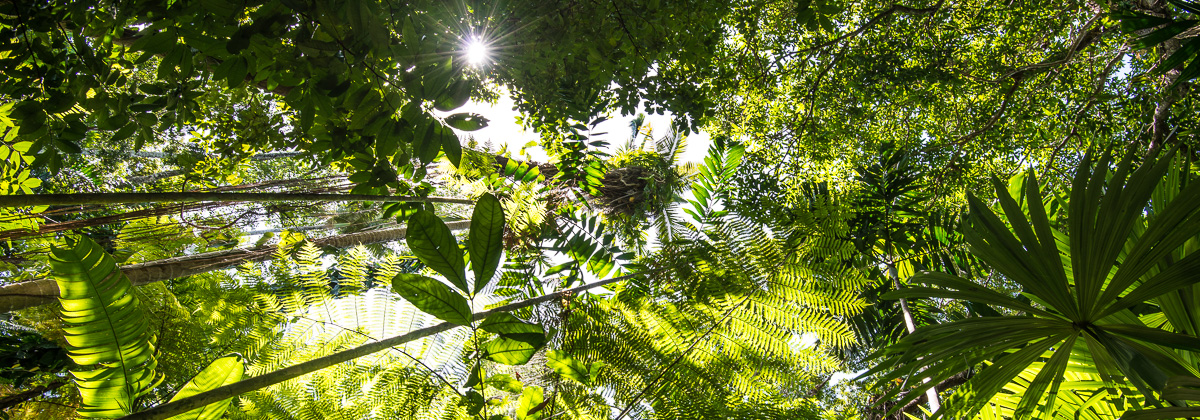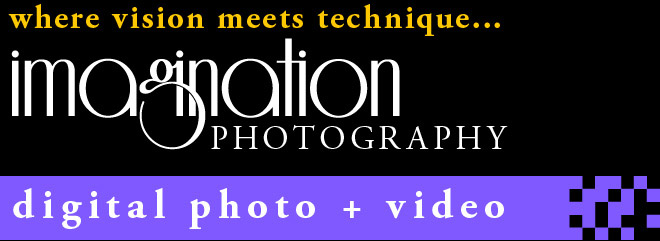Panoramas
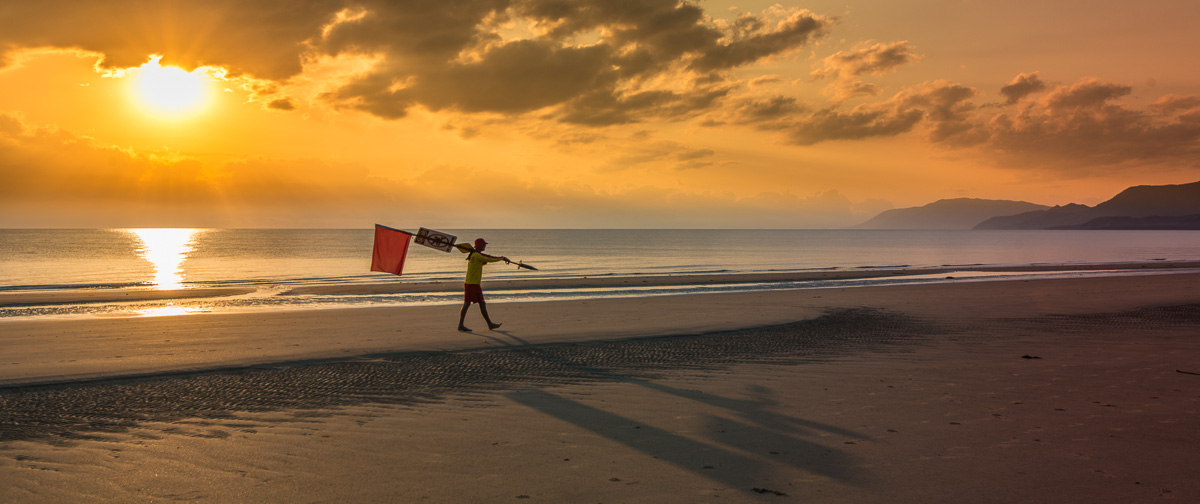
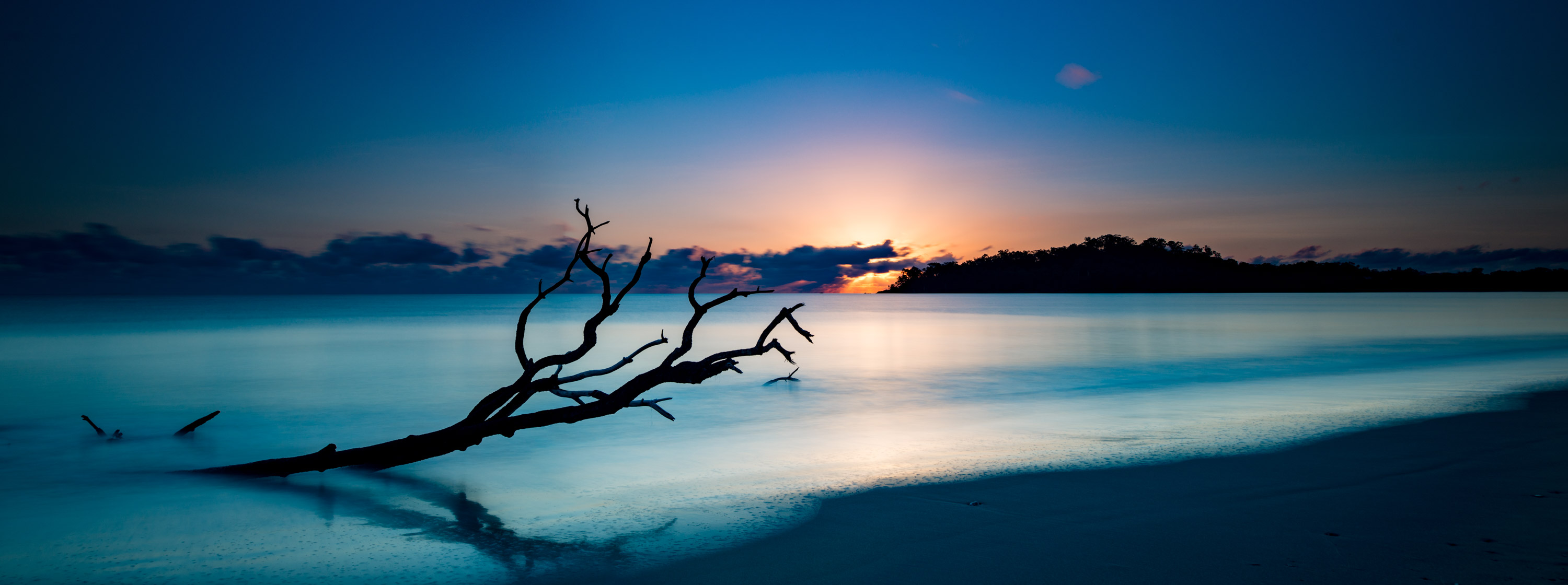
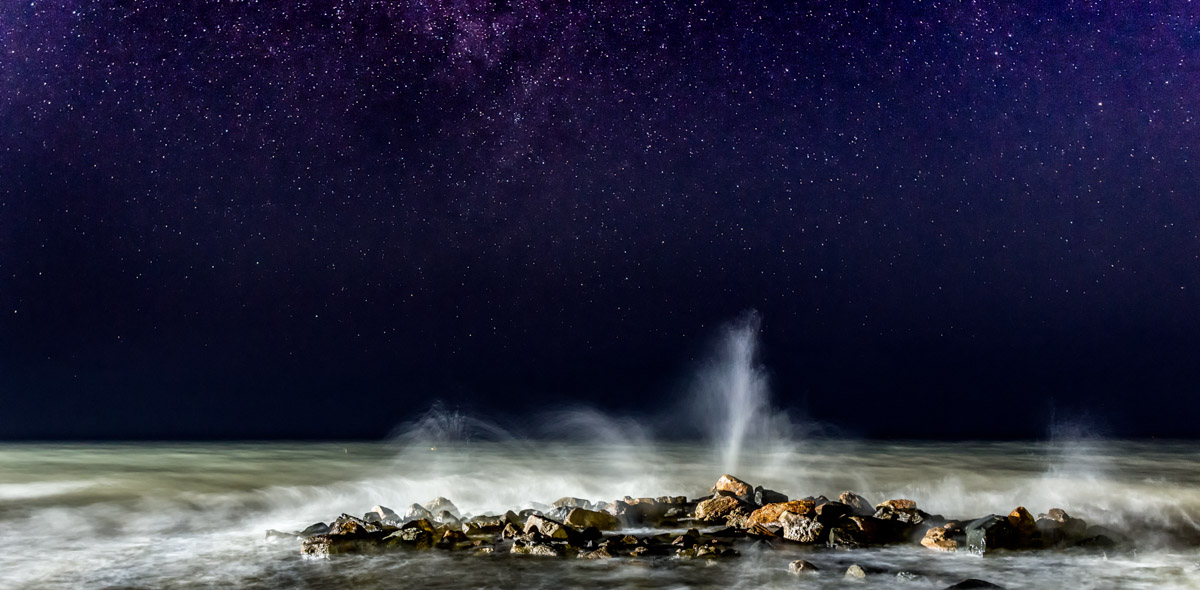
Panoramas can be made in a number of ways:
Many cameras have a Panorama mode. Essentially, this crops the image top and bottom to create a long, thin image. The size and quality of the image is limited my the quality of the camera.
Many newer cameras and smartphones allow the automatic capture of a long panoramic image by allowing you to rotate as you take the image. The quality depends on how smoothly you can rotate your body. If you are also not level, the horizon may resemble a wave. Additionally, as the image actually consists of a number of separate images that are stitched together in the camera, and moving objects may take on very strange attributes.
Several dedicated panorama cameras exist which take long images. These are very specialised tools and aren’t ideal for other normal types of photography.
The conventional way for most photographers is to set-up their camera on a tripod and take a series of images which are them stitched together on the computer. Programs like Photoshop can do an exceptional job of this, largely automatically. To get the best results, the camera should be set to manual mode, with all images matching in exposure, colour temperature, and focus. An overlap of about 30% allows the software to align the images. A larger image can be obtained by rotating the camera to a vertical orientation and capturing more images across the scene.
Whereas it is possible to capture a complete 360 degree image, the practicality of printing, displaying and even viewing the image on screen means that keeping the length to between two or three times the height of the image is generally ideal.
Panoramas can also be taken in the vertical format, to capture extremely tall, narrow images of suitable subjects.
Another factor affecting the alignment of images is called parallax. If the camera and lens is not rotated around the optical centre of the lens, objects close to the camera can effectively move compared to the background in each image. Each camera/lens combination is different, and can only be accurately adjusted by carful measurement and testing. It is especially necessary whether are objects very close to the camera in the image.
One way around this is to use a Perspective Correction or Tilt & Shift Lens. These special lenses allow the lenses body to shift while the camera remains fixed on the camera. Three separate images are made – left, centre and right – which creates a panorama with a ratio of 2.42:1.
A well created panorama can easily be made measuring 15 -20,000 pixels across, and containing exquisite detail.
